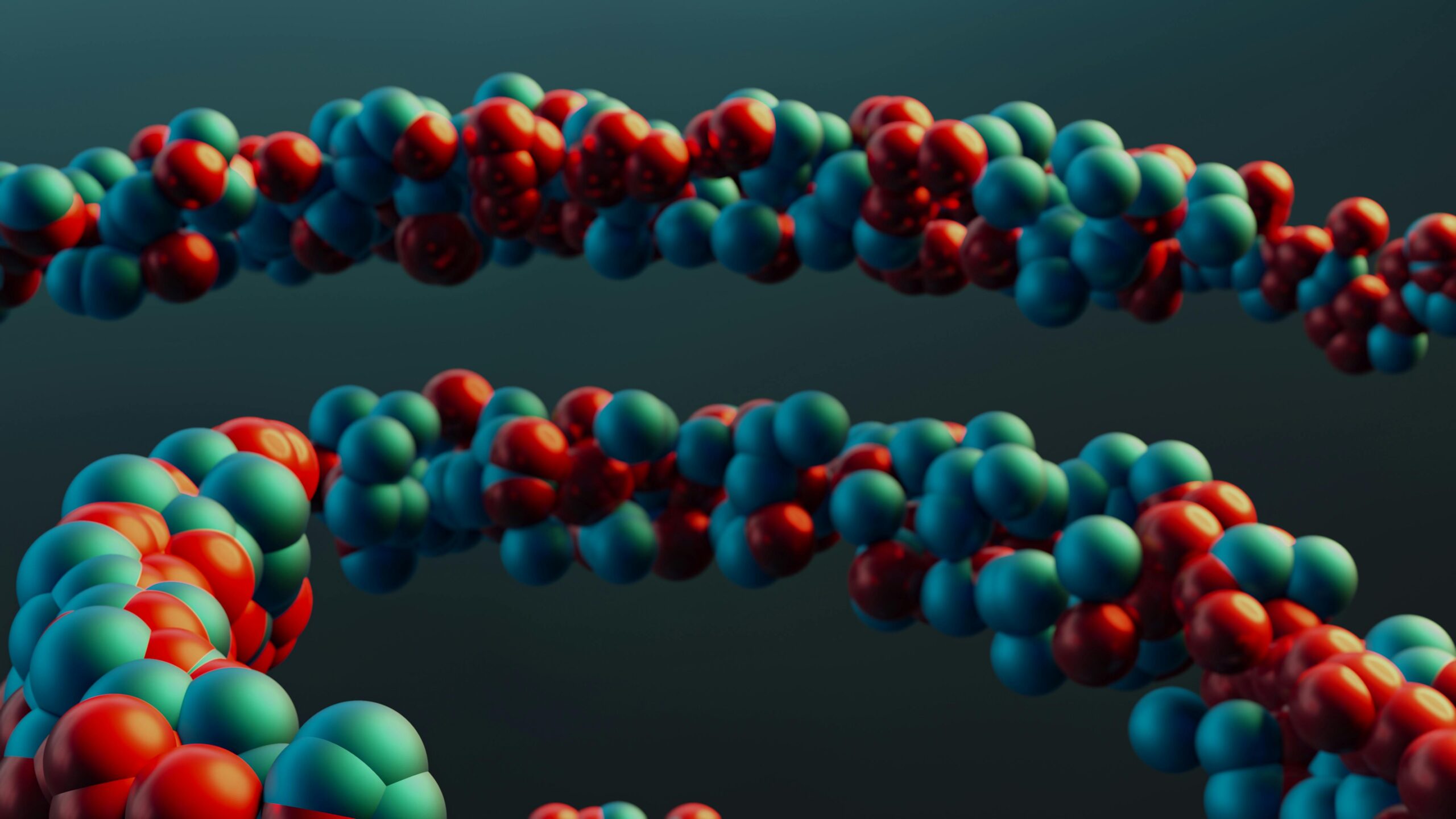The world of polymer materials has long been dominated by two main categories: thermoplastics and thermosets. Thermoplastics are celebrated for their recyclability and ease of processing, while thermosets are valued for their superior mechanical strength, chemical resistance, and thermal stability. However, thermosets come with a significant drawback—their permanent covalent crosslinked networks prevent reshaping, repairing, or recycling. This limitation creates substantial environmental challenges, especially as the demand for durable polymer materials grows across industries such as aerospace, automotive, electronics, and construction.
Enter Covalent Adaptable Networks (CANs)—an innovative class of polymer materials that combine the best of both worlds. CANs maintain the robust properties typical of thermosets but incorporate dynamic covalent bonds capable of reversible breaking and reformation under specific conditions. This unique feature imparts adaptability, allowing these materials to be reshaped, repaired, or recycled without compromising their structural integrity.
In this article, we explore the fascinating chemistry behind CANs, their unique properties, a variety of applications, and the challenges and opportunities they present as the polymer industry moves toward a more sustainable future.
Understanding Covalent Adaptable Networks
At the core, Covalent Adaptable Networks are polymer networks where the crosslinks are formed by dynamic covalent bonds. Unlike conventional thermosets, where crosslinks are permanent and static, the covalent bonds in CANs can reversibly break and reform in response to external stimuli such as temperature, light, pH, or chemical triggers. This dynamic bond exchange allows the network topology to rearrange, enabling the material to flow or reshape while maintaining the benefits of covalent crosslinking.
How Are CANs Different from Traditional Polymers?
Thermoplastics rely on physical interactions like entanglements or hydrogen bonds that allow chains to slide past each other when heated, enabling reshaping and recycling but often at the expense of mechanical strength and chemical resistance.
Thermosets have permanent covalent crosslinks that confer excellent mechanical and thermal properties but make recycling and reshaping impossible.
CANs bridge this gap by introducing dynamic covalent bonds that preserve strength but allow network rearrangement under appropriate conditions, offering adaptability without sacrificing performance.
The Chemistry Behind CANs
The remarkable adaptability of CANs stems from the integration of dynamic covalent chemistry—a subset of chemical reactions that are reversible and can occur repeatedly without degrading the network. Several dynamic covalent bond chemistries have been exploited to design CANs, each with distinct reactivity, stimuli responsiveness, and properties.
Common Dynamic Chemistries in CANs
Transesterification Reactions
These involve the exchange of ester bonds and are often catalyzed by heat or specific catalysts.
CANs based on transesterification can flow and be reshaped at elevated temperatures, making them ideal for heat-reprocessable materials.
Disulfide Exchange
The reversible cleavage and reformation of sulfur-sulfur (S–S) bonds occur upon heating or exposure to light.
Disulfide-based CANs are particularly attractive for self-healing materials and stimuli-responsive coatings.
Diels–Alder Reactions
Thermally reversible cycloaddition reactions that allow the network to dissociate and reform with temperature changes.
These CANs are useful for materials requiring thermal reversibility without catalysts.
Imine Bonds (Schiff Bases)
Dynamic C=N bonds formed between amines and aldehydes that reversibly break and form depending on pH or moisture.
Imine-based CANs have applications in self-healing and biocompatible materials.
Boronic Ester Bonds
Responsive to pH and moisture, these dynamic covalent bonds enable adaptable hydrogels and coatings.
Each chemistry brings unique advantages, such as the temperature or light required for bond exchange, exchange rates, and mechanical performance, allowing CANs to be tailored for specific applications.
Types of CANs: Thermal vs. Photo-Responsive Networks
CANs generally fall into two broad categories based on the stimuli that trigger bond dynamics:
Thermally Adaptable CANs
The most prevalent type, these CANs rearrange their network topology when heated above a critical temperature.
At elevated temperatures, bond exchange reactions accelerate, allowing the polymer network to flow or reshape.
Upon cooling, the network “locks” into its new configuration, restoring mechanical integrity.
This reversible adaptability facilitates reprocessing, repair, and recycling.
Photo-Responsive CANs
In these networks, light acts as the trigger for bond cleavage and reformation.
Light provides spatial and temporal control, enabling localized healing, reshaping, or debonding.
These CANs are particularly useful for coatings, adhesives, and additive manufacturing.
Key Properties and Advantages of CANs
Covalent Adaptable Networks offer an impressive combination of properties, making them attractive for sustainable and high-performance materials:
Reprocessability and Recycling
Unlike traditional thermosets that are single-use, CANs can be reshaped and recycled multiple times by applying the appropriate stimulus. This ability drastically reduces waste and environmental impact.
Self-Healing
CANs possess intrinsic self-healing capabilities. When microcracks or damage occur, dynamic covalent bonds can reform autonomously or with mild external stimuli, restoring the material’s integrity and extending its service life.
Mechanical Robustness
The covalent crosslinks in CANs provide excellent mechanical strength and chemical resistance, comparable to conventional thermosets, allowing them to be used in demanding structural applications.
Chemical and Thermal Stability
Under normal operating conditions, CANs remain chemically and thermally stable, resisting degradation while retaining adaptability when triggered.
Reduced Environmental Impact
By enabling circularity—through repair, reuse, and recycling—CANs contribute to sustainable materials management and help reduce the carbon footprint of polymer products.
Applications of Covalent Adaptable Networks
CANs are poised to disrupt several industries where durable yet adaptable polymers are required.
1. Sustainable Composites
Fiber-reinforced composites are widely used in aerospace, automotive, wind energy, and construction for their strength-to-weight ratio. However, their thermoset matrices limit recycling and repair. CANs enable the design of composites that can be repaired or recycled at the end of life, reducing waste and lifecycle costs.
2. Adhesives and Coatings
Thermo- or photo-responsive CAN-based adhesives and coatings can be debonded on-demand, repaired, or recycled. This opens new possibilities for maintenance-friendly materials in electronics, automotive, and packaging.
3. 3D Printing and Additive Manufacturing
CANs facilitate the production of 3D printed parts that can be reshaped, repaired, or reprocessed. This flexibility reduces material waste and enhances the sustainability of additive manufacturing.
4. Electronics and Flexible Devices
Dynamic polymers can protect flexible electronics by self-healing microcracks or damage caused by bending, thereby extending device lifetime and reliability.
5. Biomedical Materials
Biocompatible CAN hydrogels and scaffolds with tunable mechanical properties and self-healing ability are ideal for tissue engineering, drug delivery, and wound healing applications.
Challenges and Future Directions
While CANs offer remarkable advantages, several challenges must be addressed for widespread commercial adoption:
Balancing Reaction Kinetics and Stability
Designing dynamic covalent bonds that exchange rapidly enough to enable reshaping but slowly enough to maintain mechanical stability under use is a complex task requiring precise chemistry control.
Stimuli Requirements
Many CANs require high temperatures or specialized catalysts for bond exchange. Developing materials responsive to mild, energy-efficient stimuli such as ambient temperature, visible light, or benign chemical triggers will broaden usability.
Scalability and Cost
The synthesis of CAN precursors and catalysts, as well as integration into existing manufacturing processes, must become cost-effective for large-scale adoption.
Long-Term Durability
Repeated bond exchange cycles should not compromise mechanical properties or induce degradation over time. Extensive durability testing is essential.
The Road Ahead: Toward a Circular Polymer Economy
Covalent Adaptable Networks represent a significant leap toward closing the loop on polymer materials. By combining mechanical robustness with dynamic adaptability, CANs pave the way for a circular polymer economy—one where materials are reused, repaired, and recycled rather than discarded.
Advancements in dynamic covalent chemistry, catalyst development, and process engineering will continue to expand the capabilities of CANs. Integration with renewable feedstocks and bio-based polymers will further enhance their sustainability credentials.
Ultimately, CANs promise to transform polymer design philosophy from disposable to durable, from single-use to sustainable, and from linear to circular—addressing some of the most pressing environmental challenges of our time.




